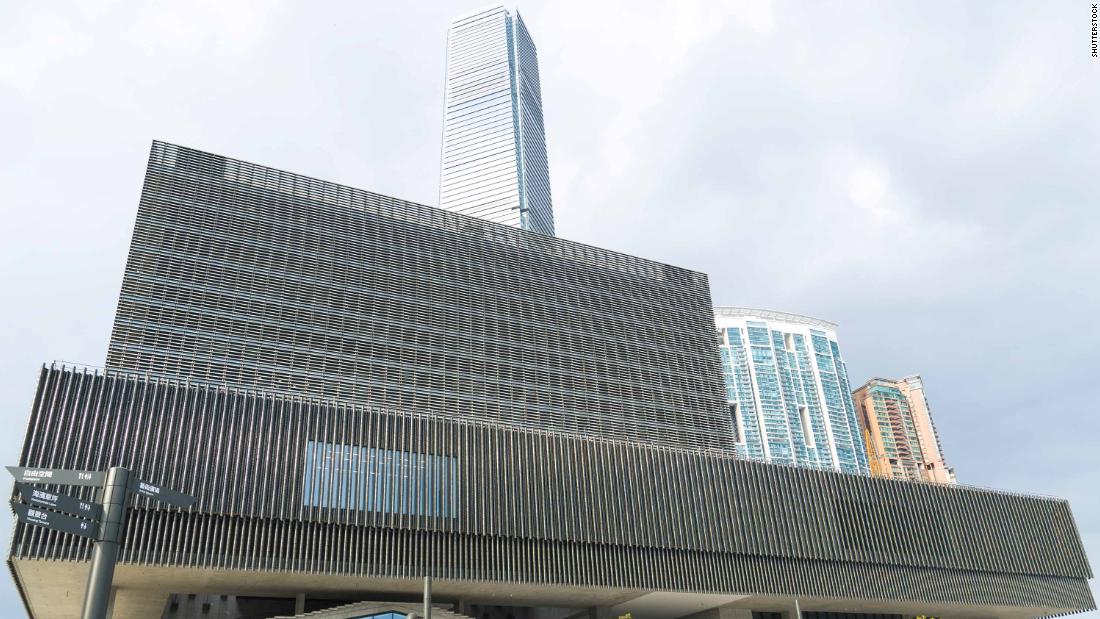Asked by pro-Beijing lawmaker Eunice Yung whether the long-awaited M + museum risked “inciting hatred” against China with some of its works, Lam told the Hong Kong Legislative Council that he recognized the concern that the institution’s exhibitions might cross over an unspecified “red line”. ”
She added that her government respects “freedom of artistic and cultural expression”, but said that since the enactment of national security legislation – which criminalizes acts of secession, subversion, terrorism and collusion with foreign forces – “everything in Hong Kong compatriots are obliged to safeguard national security. “
Scheduled to open to the public in late 2021, the M + will have 17,000 square meters (about 183,000 square feet) of exhibition space in 33 galleries. Often touted as Asia’s answer to New York’s Museum of Modern Art or London’s Tate Modern, the ambitious museum is the main site of the West Kowloon Cultural District, an extensive arts district built on 40 hectares of reclaimed land from Victoria Harbor .
But the introduction of the national security law, a response to the pro-democracy protests that rocked the city in 2019, raised concerns about the possibility of censorship – or self-censorship – at the museum.
‘Cultural politicization’ process
The museum has not yet revealed which of the works of art in the collection will be on public display after its opening later this year. But at a press conference marking the completion of the building last week, director Raffel said there would be “no problem” in showing Ai’s work or pieces alluding to the Tiananmen Square massacre.
In a statement provided to CNN on Thursday, the publicly funded museum elaborated its position, saying it would “comply with Hong Kong law” while “maintaining the highest level of professional integrity”.
“The development of the exhibition and collection (of the museum) is based on research and academic rigor,” says the statement. “Like any museum, it is the role of M + to ensure that our collections and exhibitions are presented in a relevant and appropriate way to stimulate discussion, research, learning, knowledge and pleasure.”
So far, Hong Kong’s national security law has been used mainly against opposition activists and pro-democracy figures, like media mogul Jimmy Lai. But it also coincided with the virtual disappearance of the art of protest, as well as the growing use of carefully formulated renunciations by cultural sites that try to distance themselves from possible transgressions.
For artist Kacey Wong, who was a regular presence in Hong Kong’s pro-democracy protests, the ambiguous formulation of the legislation leaves her open to abuse by the authorities.
“The so-called ‘red line’ (by Carrie Lam) is so flexible that it is open to the government or its agents to use it to prosecute anyone they don’t like,” Wong said in a telephone interview.
“Hong Kong is going through this process of cultural politicization now,” he added. “It’s more or less like Ai Weiwei (said), that ‘everything is art, everything is politics’.”
According to Wong, these latest controversies collectively point to a broader grip on artistic expression.
“All of these events are intertwined,” he said, adding: “So it’s not just about Uli Sigg’s collection – it’s almost a purge within government systems of art and culture.”
Main image caption: M + Museum in Hong Kong
